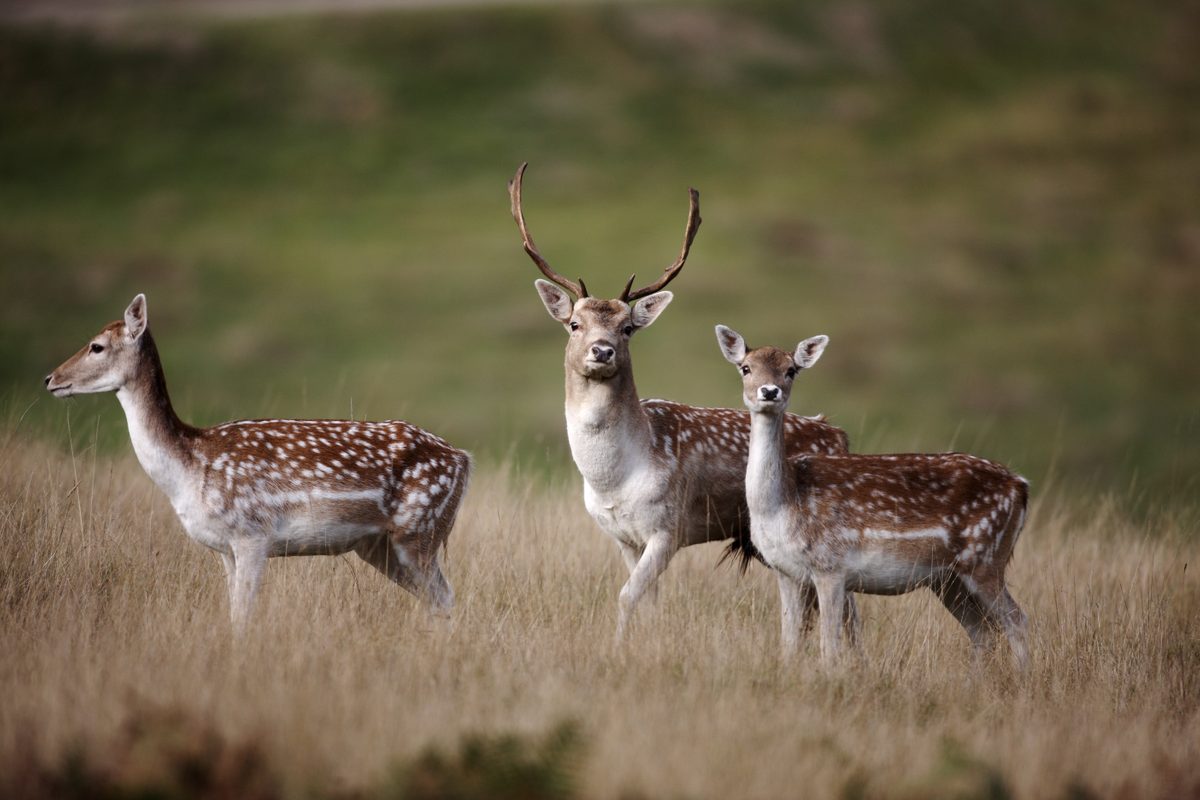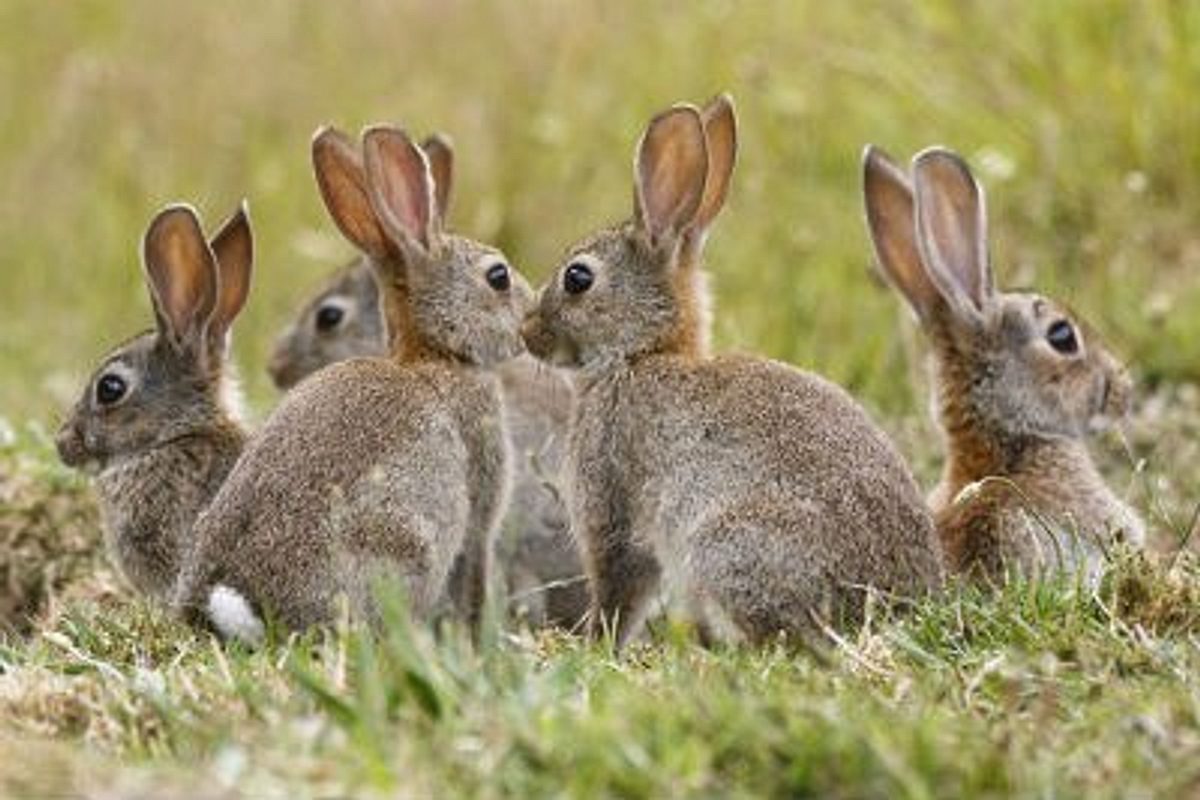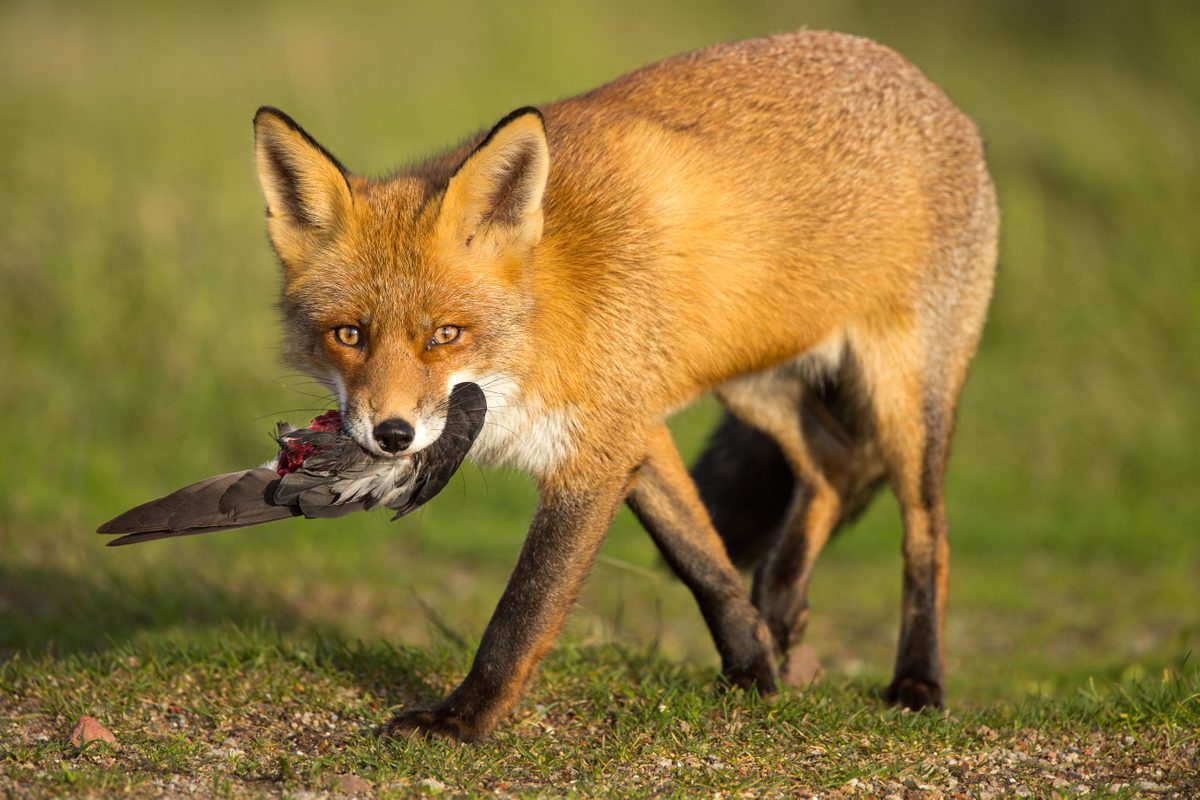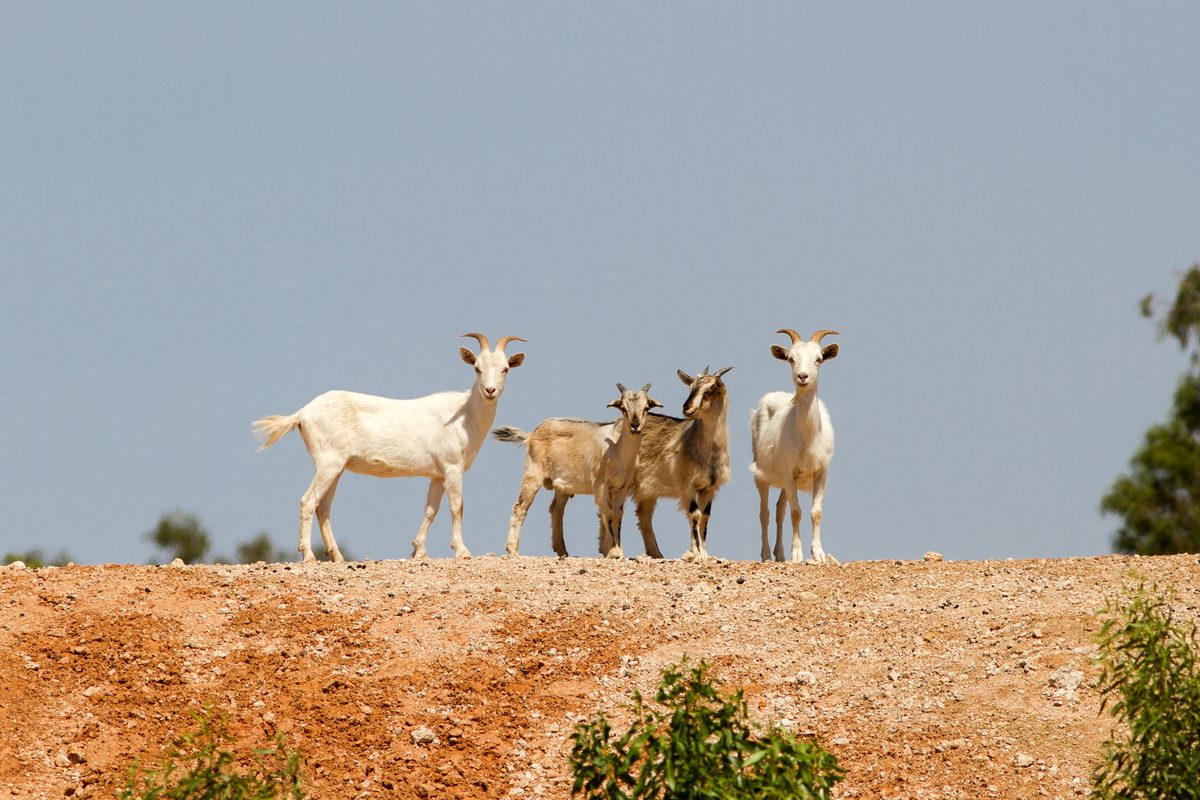Pest animals
Pest animals pose significant threats to agriculture, the natural environment and public health and safety in the Hills and Fleurieu region. The Hills and Fleurieu Landscape Board works closely with the community to help reduce the number of pests, restore native biodiversity and reduce losses in the agricultural industry.
Regional Pest Strategy
The Hills and Fleurieu Regional Pest Plant and Animal Strategy provides high level guidance to all land managers and points to which species Landscapes Hills and Fleurieu intends to focus on and why.
This simple factsheet highlights which pest species you should report if you see them in the region.
Click on a box below for information and control methods for a particular pest animal.





